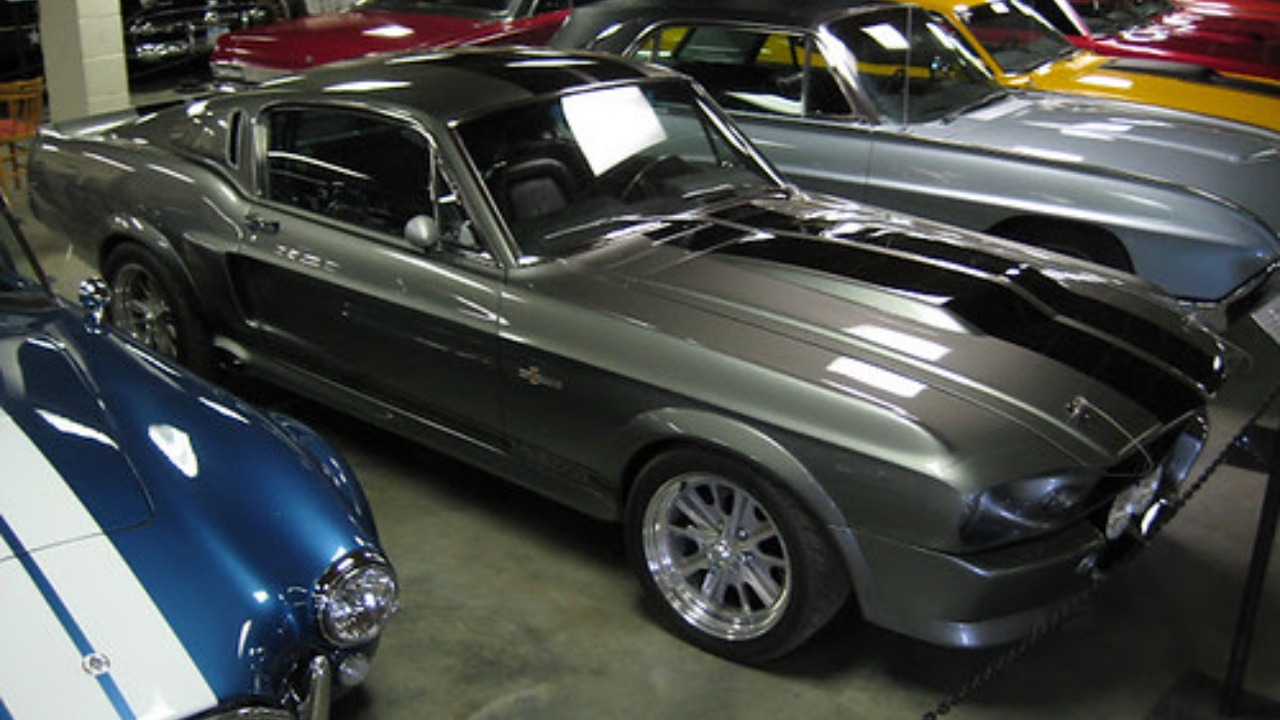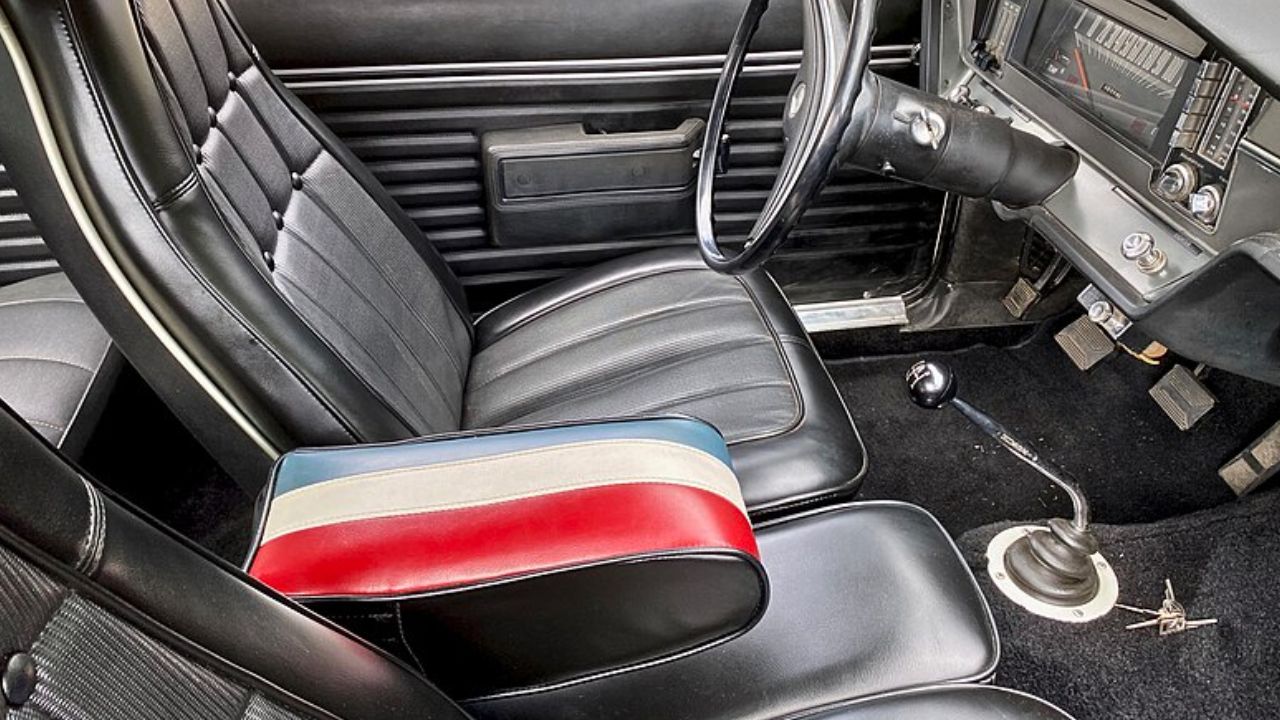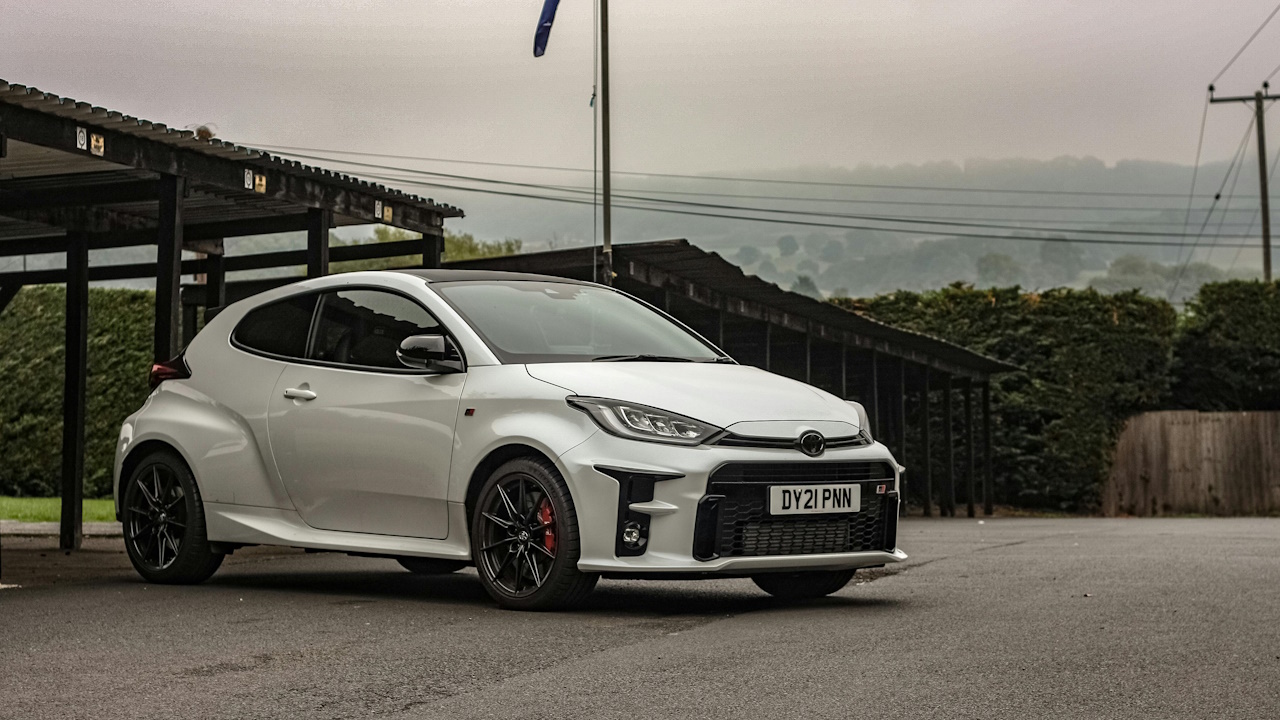Classic cars serve as a testament to automotive history, offering a unique blend of style, craftsmanship, and nostalgia. For enthusiasts, maintaining these vehicles is both a labor of love and a necessity. Equipping yourself with the right toolkit is essential for preserving the beauty and functionality of your classic car.
Essential Hand Tools
When it comes to maintaining classic cars like the 1967 Ford Mustang, having a set of essential hand tools is indispensable. Wrenches are a fundamental part of any toolkit, and a variety of adjustable, socket, and combination wrenches will allow you to tackle a wide range of bolts and nuts. These wrenches are crucial for handling the unique fasteners you might find in older vehicles, where modern tools may not be suitable.
Additionally, a comprehensive set of screwdrivers, including both flathead and Phillips varieties in various sizes, will help you address different types of screws found throughout the vehicle. Whether you are working on the dashboard of a 1972 Chevrolet Chevelle or adjusting components under the hood, having the right screwdriver can make or break your repair efforts. Don’t forget a pair of needle-nose and slip-joint pliers, which are perfect for gripping and manipulating small components within tight spaces.
Specialty Tools for Classic Cars
For classic car enthusiasts, specialty tools are equally important to ensure the vehicle performs at its best. A timing light, for instance, is essential when tuning the engine of a 1971 Jaguar E-Type. This tool helps you adjust the ignition timing, ensuring that the engine runs smoothly and efficiently. Without it, you might struggle to achieve the optimal performance that these vintage engines are capable of.
Additionally, maintaining the braking system of a classic car like the 1969 Pontiac GTO requires a brake bleeder kit. This tool assists in removing air from the brake lines, which is crucial for maintaining braking performance and safety. To diagnose potential engine health issues, a compression tester can be invaluable. Used to measure the cylinder compression in engines, this tool can help identify issues such as worn piston rings or leaking valves, which are common in older vehicles.
Electrical System Tools
The electrical system of a classic car, such as the 1965 Volkswagen Beetle, often requires special attention and specific tools to maintain. A multimeter is critical for diagnosing electrical issues and testing circuits. Whether it’s a faulty wire or a malfunctioning alternator, a multimeter can help pinpoint the problem quickly and accurately.
Wire strippers and crimping tools are also essential for repairing and maintaining the car’s wiring harnesses. Classic cars often have aged wiring that might require repair or replacement, and these tools ensure that the job is done correctly. Additionally, a soldering kit can be used for securing electrical connections and making reliable repairs, which is particularly important in vehicles where the electrical system is integral to overall functionality.
Body and Interior Tools
Preserving the aesthetic appeal of a classic car like the 1957 Chevrolet Bel Air requires a set of specialized body and interior tools. Trim and upholstery tools are essential for maintaining and restoring the vehicle’s interior components. These tools help you work on everything from door panels to seat covers, ensuring the interior remains as pristine as possible.
Dent repair kits are another critical component for any classic car owner. Whether it’s a minor ding or a significant dent, having the right tools on hand allows you to address imperfections in the bodywork. This is especially important for maintaining the classic lines and curves of vintage models. Additionally, adhesive removers are useful for removing old adhesives without damaging surfaces, an essential task when restoring or updating interior elements.
Lubrication and Fluid Tools
For classic cars, regular maintenance of lubrication and fluids is crucial to longevity and performance. An oil filter wrench is necessary for changing the oil in vehicles like the 1966 Dodge Charger, ensuring the engine remains healthy. Regular oil changes are vital for maintaining engine performance and extending the life of the vehicle.
Fluid extractors offer a convenient solution for removing and replacing various automotive fluids. From brake fluid to coolant, these tools make it easy to maintain the essential fluids that keep a classic car running smoothly. A grease gun is another invaluable tool, keeping moving parts well-lubricated to prevent wear and ensure smooth operation.

Diagnostic and Measurement Tools
Having the right diagnostic and measurement tools can make a significant difference when working on classic cars like the 1970 Plymouth Barracuda. A vacuum gauge, for example, helps diagnose issues with the engine’s air and fuel systems, ensuring the car runs efficiently. This tool is particularly useful for identifying problems such as vacuum leaks, which can affect performance and fuel economy.
Feeler gauges are essential for setting and measuring gap tolerances within the engine. Whether you’re adjusting the spark plug gaps or setting the valve clearance, a feeler gauge ensures precision and accuracy. A torque wrench is another critical tool that helps ensure bolts and nuts are tightened to the correct specifications, which is crucial for maintaining the structural integrity and safety of the vehicle.
Storage and Organization
Proper storage and organization of tools are essential for any classic car owner. A tool chest or cabinet keeps tools organized and readily accessible, making it easy to find what you need when working on a project. For those who enjoy taking their classic car on the road, a portable tool bag offers convenience for on-the-go repairs and maintenance.
Magnetic trays are another valuable addition to your toolkit, helping to prevent the loss of small parts during disassembly and repairs. These trays keep screws, nuts, and bolts securely in place, reducing the risk of misplacing essential components. For owners of cars like the 1968 Mercedes-Benz 280SL, having an organized workspace can significantly streamline repairs and maintenance tasks.
Safety Equipment
Ensuring safety while working on classic cars is paramount. Protective gloves and glasses are essential for personal safety during repairs, protecting against potential hazards such as sharp edges or chemical exposure. When working underneath vehicles like the 1964 Aston Martin DB5, using jack stands and hydraulic jacks is crucial for safely lifting and supporting the car.
A fire extinguisher is another critical piece of safety equipment, providing emergency preparedness in case of a fire. Given the complexity of vintage vehicles’ fuel and electrical systems, having a fire extinguisher on hand is a wise precaution. These safety measures ensure that you can work confidently and securely on your prized classic car.
Sourcing and Maintaining Tools
When sourcing tools for your classic car toolkit, balancing quality and cost is essential. While high-quality tools might require a more significant initial investment, they often provide better durability and performance, making them a worthwhile choice for serious enthusiasts. Trusted brands such as Snap-on or Craftsman offer reliable tools that are built to last.
Regular maintenance of your tools is also crucial to ensure they remain in good working condition. Keeping your tools clean, rust-free, and well-organized will help extend their lifespan and maintain their effectiveness. For classic car owners, investing in a reliable set of tools and maintaining them properly can make all the difference in preserving the beauty and functionality of vehicles like the 1973 Porsche 911.

Like Fast Lane Only’s content? Be sure to follow us.
Here’s more from us:
*Created with AI assistance and editor review.







Leave a Reply